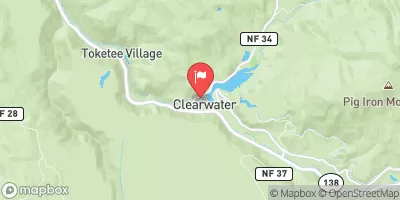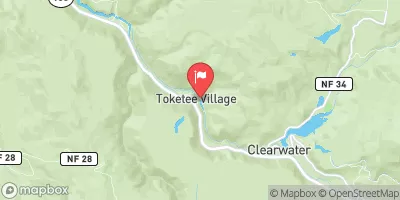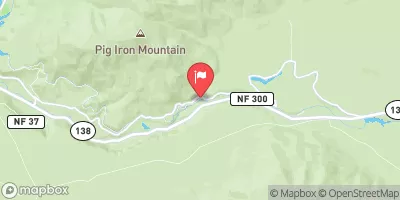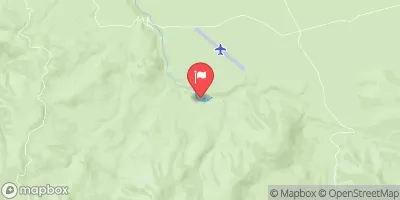Summary
This lake is home to a variety of fish species, including rainbow trout, kokanee salmon, and brown trout. Rainbow trout are the most prevalent fish species in the lake, and they can be caught throughout the year.
Nearby activities include hiking, camping, and bird watching. There are several hiking trails in the area, including the Toketee Falls Trail and the Umpqua Hot Springs Trail. Camping is available at the nearby Toketee Lake Campground, which offers both tent and RV camping options. Bird watchers can spot a variety of species in the area, including bald eagles and ospreys.
Fishing tips for Toketee Lake include using small lures or flies, as the fish in the lake are often small. Additionally, anglers should focus on fishing in the early morning and late afternoon, as this is when the fish are most active. Using a fish finder can also be helpful when fishing in this area.
The best time of year to visit Toketee Lake for fishing is in the spring and fall, when the water temperature is cooler. The average temperature in the spring is around 60 degrees Fahrenheit, while the average temperature in the fall is around 50 degrees Fahrenheit. These temperatures are ideal for the fish species in the lake, and anglers can expect to catch a variety of fish during these seasons.
Weather Forecast
Nearby Streamflow Levels
Angling Safety Guidelines
Check local fishing rules, seasons, size limits, and license requirements to ensure legal and sustainable angling.
Handle Fish Responsibly
Use wet hands, minimize air exposure, and release fish gently to improve survival rates when practicing catch-and-release.
Choose the Right Gear
Match your rod, line, and tackle to the species and conditions to increase success and reduce unnecessary harm to fish.
Respect the Waterway
Avoid disturbing habitat, prevent bank erosion, and keep a safe distance from spawning areas to protect ecosystems.
Keep It Clean
Pack out all line, hooks, bait containers, and trash—discarded gear can injure wildlife and degrade waterways.
Related Links
Area Campgrounds
| Location | Reservations | Toilets |
|---|---|---|
 Toketee Campground
Toketee Campground
|
||
 Toketee Lake Group Campground
Toketee Lake Group Campground
|
||
 Clearwater #2 Forest Camp
Clearwater #2 Forest Camp
|
||
 Toketee Lake
Toketee Lake
|
||
 Lemolo 2 Forebay Forest Camp
Lemolo 2 Forebay Forest Camp
|
||
 Cedar Springs Forest Camp
Cedar Springs Forest Camp
|







 Clearwater No 2 Forebay
Clearwater No 2 Forebay